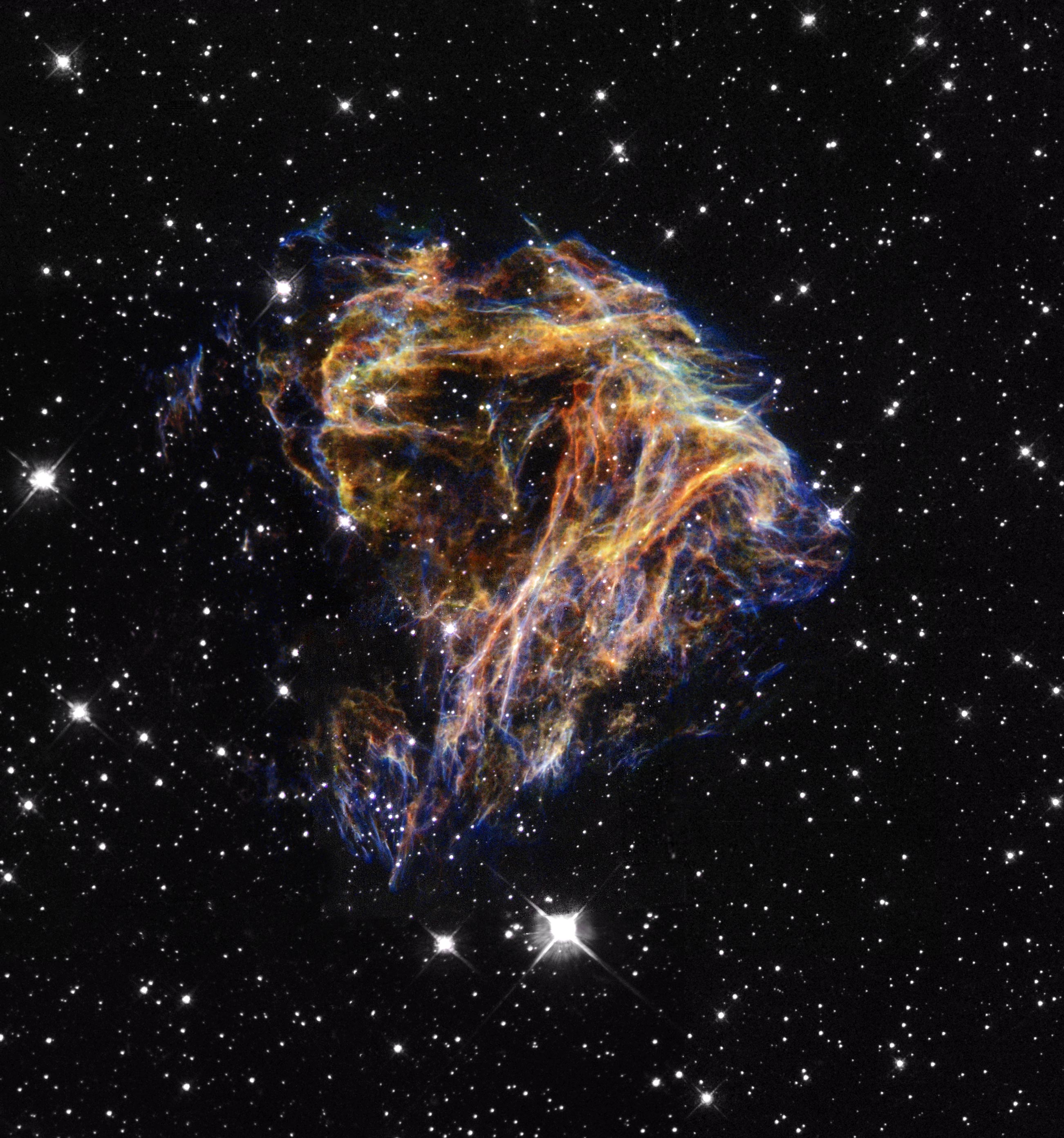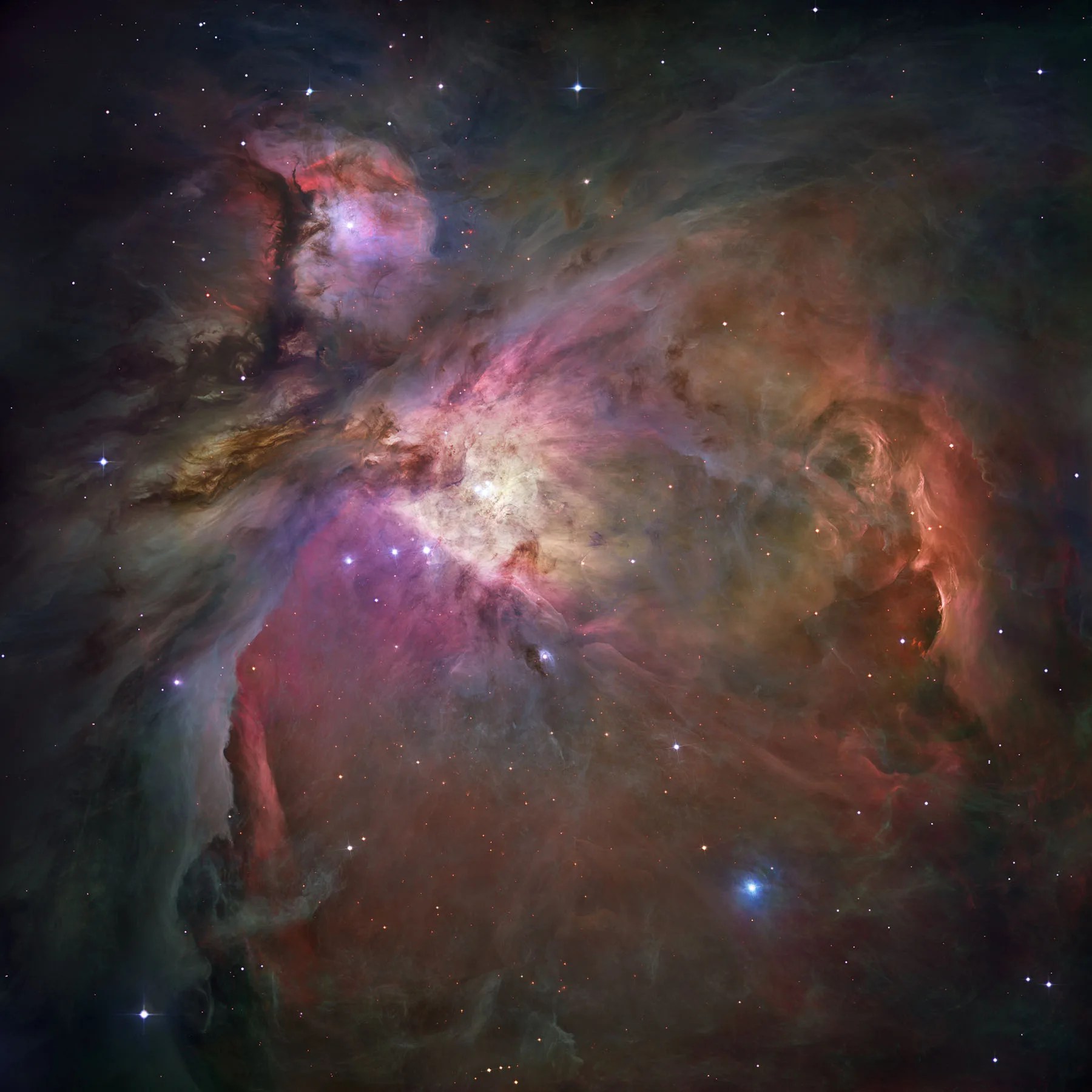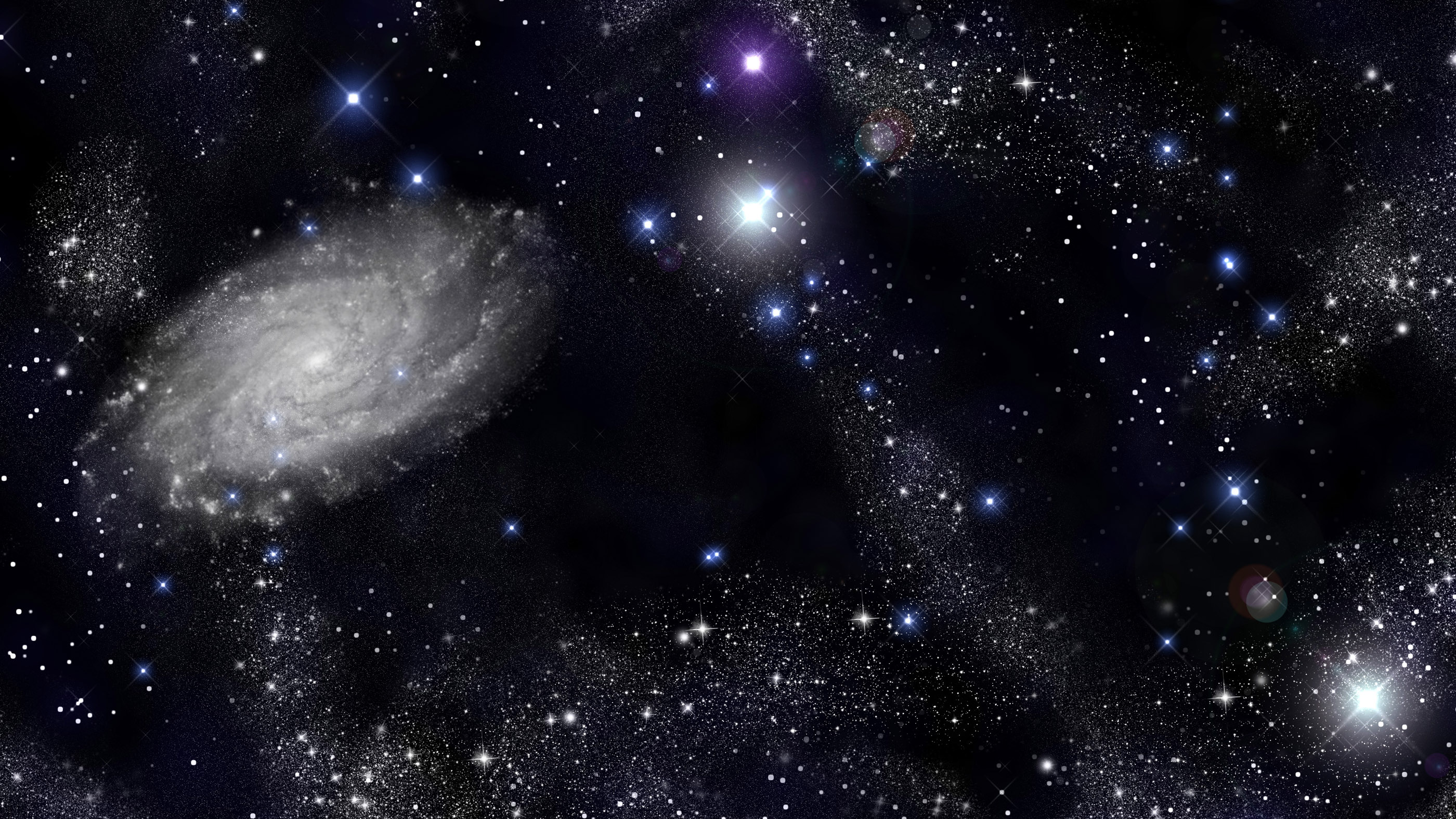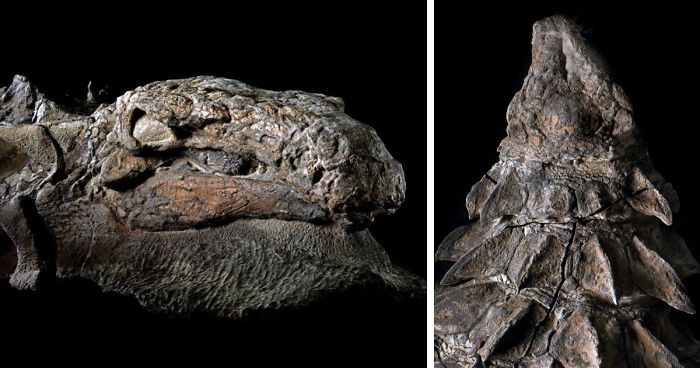I also thought this fun, and left me feeling some special friendship with a supernova and the universe ... (Of course, we are the universe, thinking breathing star dust made of supernovas!)
I got this ...

Hmm, wonder if I have an atom or two from Supernova Remnant N 49?? Hmm.
NASA is showing you the picture the Hubble Space Telescope took on your birthday
NASA is celebrating the Hubble Space Telescope's 30th year in orbit, and even though most of the celebrations have been canceled due to the coronavirus pandemic, you can still explore some of its amazing contributions online.
NASA is celebrating the Hubble Space Telescope's 30th year in orbit, and even though most of the celebrations have been canceled due to the coronavirus pandemic, you can still explore some of its amazing contributions online.
I got this ...
On your birthday in 2000 ... Supernova Remnant N 49
N 49 is a supernova remnant in a neighboring galaxy called the Large Magellanic Cloud. The delicate filaments are sheets of debris from a stellar explosion whose light would have reached Earth thousands of years ago.
N 49 is a supernova remnant in a neighboring galaxy called the Large Magellanic Cloud. The delicate filaments are sheets of debris from a stellar explosion whose light would have reached Earth thousands of years ago.

Hmm, wonder if I have an atom or two from Supernova Remnant N 49?? Hmm.








 Like, we rename the International Space Station for a sponsor, like "Space Base Kellogg's"?
Like, we rename the International Space Station for a sponsor, like "Space Base Kellogg's"?  )
)





Comment